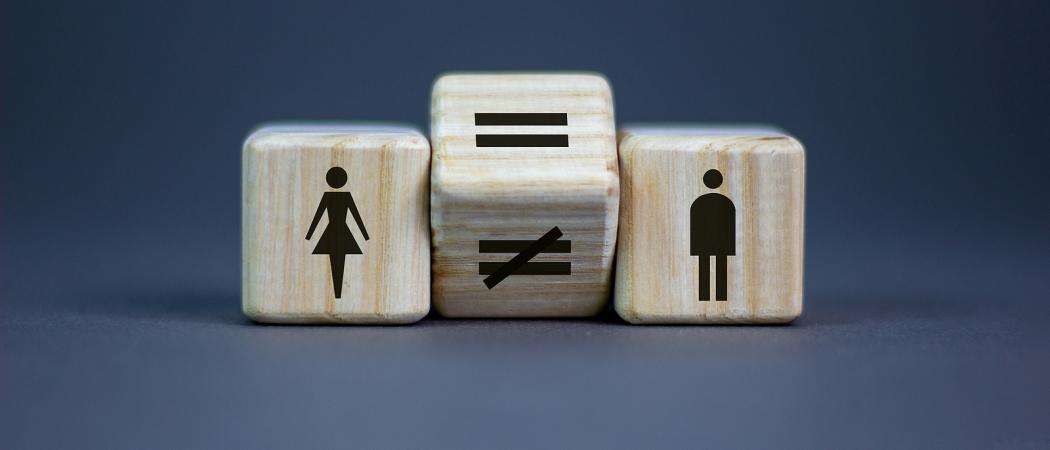Investing in girls’ education transforms communities, countries and the entire world. Girls who receive an education are less likely to marry young and more likely to lead healthy, productive lives. They earn higher incomes, participate in the decisions that most affect them, and build better futures for themselves and their families. Girls’ education strengthens economies and reduces inequality. It contributes to more stable, resilient societies that give all individuals – including boys and men – the opportunity to fulfil their potential. But education for girls is about more than access to school. It’s also about girls feeling safe in classrooms and supported in the subjects and careers they choose to pursue – including those in which they are often under-represented. Despite evidence demonstrating how central girls’ education is to development, gender disparities in education persist. Around the world, 129 million girls are out of school, including 32 million of primary school age, 30 million of lower-secondary school age, and 67 million of upper-secondary school age. In countries affected by conflict, girls are more than twice as likely to be out of school than girls living in non-affected countries. Despite evidence demonstrating how central girls’ education is to development, gender disparities in education persist. Around the world, 129 million girls are out of school, including 32 million of primary school age, 30 million of lower-secondary school age, and 67 million of upper-secondary school age. In countries affected by conflict, girls are more than twice as likely to be out of school than girls living in non-affected countries. Only 49 per cent of countries have achieved gender parity in primary education. At the secondary level, the gap widens: 42 per cent of countries have achieved gender parity in lower secondary education, and 24 per cent in upper secondary education. The reasons are many. Barriers to girls’ education – like poverty, child marriage and gender-based violence – vary among countries and communities. Poor families often favour boys when investing in education. In some places, schools do not meet the safety, hygiene or sanitation needs of girls. In others, teaching practices are not gender-responsive and result in gender gaps in learning and skills development. Gender-equitable education systems empower girls and boys and promote the development of life skills – like self-management, communication, negotiation and critical thinking – that young people need to succeed. They close skills gaps that perpetuate pay gaps, and build prosperity for entire countries. Gender-equitable education systems can contribute to reductions in school-related gender-based violence and harmful practices, including child marriage. An education free of negative gender norms has direct benefits for boys, too. In many countries, norms around masculinity can fuel disengagement from school, child labour, gang violence and recruitment into armed groups. The need or desire to earn an income also causes boys to drop out of secondary school, as many of them believe the curriculum is not relevant to work opportunities.


Girls’Education
(Visited 9 times, 1 visits today)
